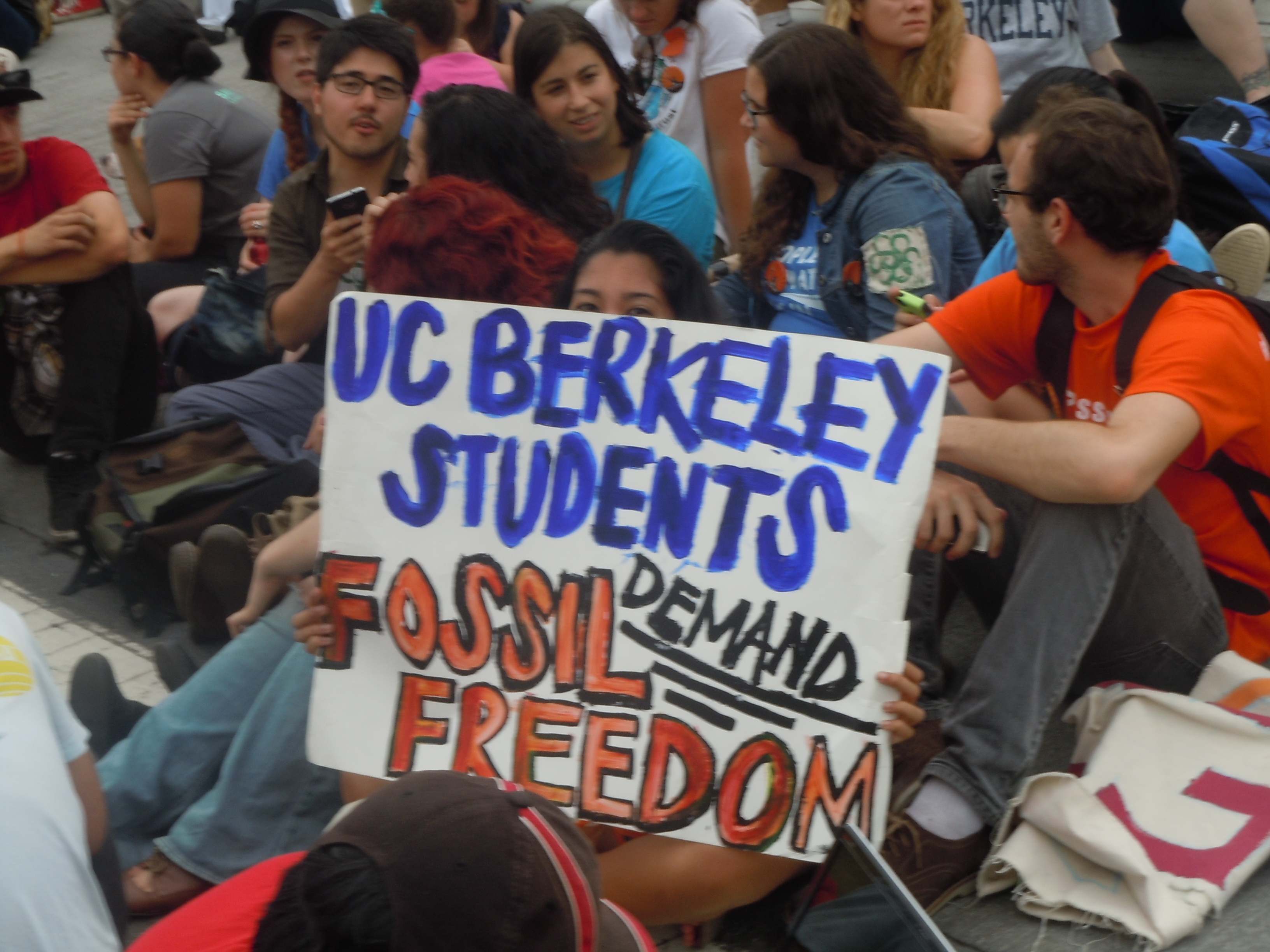Bloomberg: Global Warming Hit the Economy for $7 tn

Once again, research proves it’s cheaper to do the right thing. An analysis by Bloomberg shows just how expensive the climate crisis is. “…The combined expenses from property damages, power outages, government spending and construction-surge inflation” come in around $7 trillion USD. And that doesn’t even include significant costs such as lost wages and higher insurance premiums.
Of course, that $7 trillion is helping some sectors. If you run, for instance, a flood-damage restoration company, you’re probably having a very good few years.
But for the rest of us, we have to add that into all the other costs of building an overly centralized economy relying on toxic, eco-destructive fossil and uranium power sources, massive inputs of unnatural chemicals, and massive waste. I just finished reading a book that talked about some of that waste. Did you know that the amount of waste to produce a semiconductor chip is 600 times the actual product weight? (The Sustainability Scorecard, p. 63)
This makes no sense and is totally unnecessary. In nature, there is no waste. I’ve been talking about biomimicry–engineering and design that borrows solutions from nature–for more than 20 years. This opens up many deeper, more holistic solutions that don’t just move the problem around or disguise it, but actually move us forward. It’s time to embrace not just our knowledge but our imagination, and move–as Transition town founder Rob Hopkins puts it in the book I’m reading now, “From What Is to What If.”
Drop me a note if you’d like to discuss how to put these principles to work in your own business. The first 15 minutes are on me, and that can make a very nice start.
